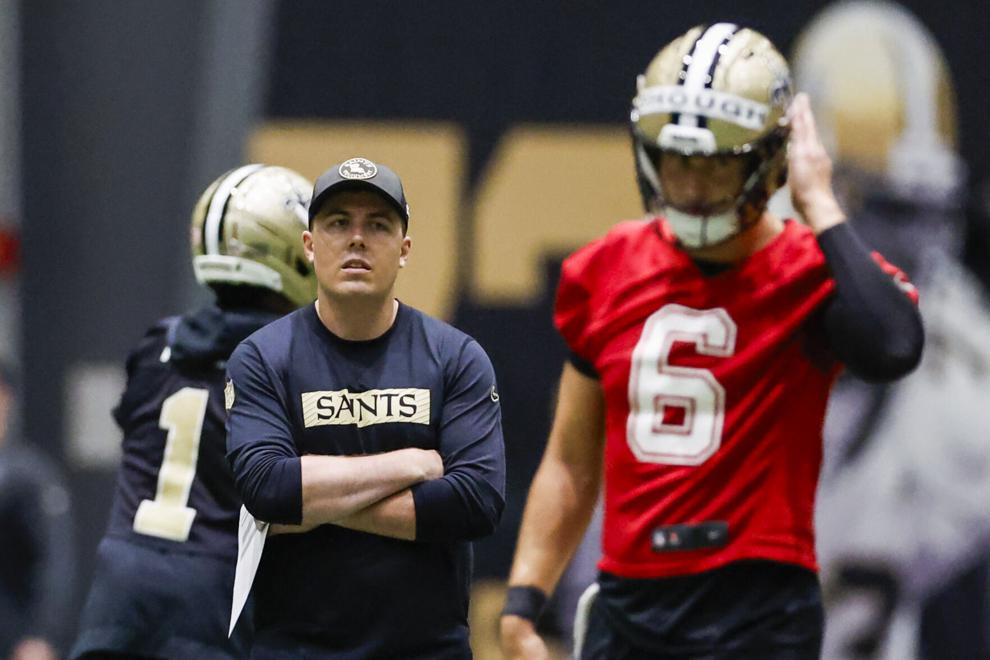Philadelphia Flyers defenseman Egor Zamula is more than Matvei Michkov’s best friend. It turns out he’s elite in one specific category.

Nov 20, 2024; Philadelphia, Pennsylvania, USA; Philadelphia Flyers defenseman Egor Zamula (5) against the Carolina Hurricanes at Wells Fargo Center. Mandatory Credit: Eric Hartline-Imagn Images
The Philadelphia Flyers are starting to turn the corner on the blue line. Travis Sanheim has become a top-pairing defenseman, Cam York is developing into a top-four option, and there are guys like Jamie Drysdale and Oliver Bonk looking to take that next step in the coming years.
However, the Flyers’ depth defensemen perhaps get overlooked a bit at times. Rasmus Ristolainen can be a second-pair guy when healthy, but that’s a big question mark for the hulking rearguard. Nick Seeler brings more than the box score shows, and even Egor Zamula has his strengths.
Hockey analyst Louis Boulet of LB-Hockey recently released a ranking of defensemen in different categories across the board. These statistics aren’t your typical box-score stats like hits or blocked shots, but rather some of the more analytical aspects of the game.
For example, Boulet looked at some of the high-contact areas of the ice. That includes transition contests, which is where Zamula thrives.
In fact, he has Zamula ranked as the best defenseman in the NHL in terms of defending these transition contests and getting the puck out of the zone.

“When against the puck, this takes the form of entry targets where the defender rapidly closes space on the carrier to deny possession past the blue line,” Boulet explains. “Meanwhile, examples with the puck are mirrored where the carrier is subject to pressure but successfully maneuvers through it for a successful breakout.”
Zamula has been looked at as a defenseman who doesn’t do any one thing particularly well but can hold his own as a third-pair blueliner. He has the ability to play both sides, which definitely helps in his depth role, and it’s great to see that he’s among the league’s best in transition plays.
However, that’s really all he does well. Corey Sznajder’s tracking on AllThreeZones also shows Zamula’s strengths as denials and retrievals, with mostly everything else on the negative side.

Zamula wasn’t the only defenseman who graded out well by Boulet’s analysis, though. Both Seeler and Ristolainen, physical defensemen who are good in the corners and in front of the net, proved to be among the league’s best at just that.

“Their performance is measured by how efficiently they can suppress chances close in front of their goalie,” Boulet explains. “This can be achieved through establishing strong positioning, boxing out, or tying up sticks.”
With Zamula’s ability in transition to deny entries and then retrieve pucks and exit the zone if they do get into the zone, he could theoretically pair well with Seeler or Ristolainen, who are two of the best net-front defenders in the league.
That tracks for the Flyers, at least last season, with a Zamula-Ristolainen pair having a team-high 57.3% expected goals share in 421 minutes together at 5-on-5, per MoneyPuck.
The Flyers are still rebuilding, and there are going to be players who come up through the system to challenge for these roster spots, but Zamula and Seeler may have their place on this roster for longer than you may think. It all just depends how long Zamula can continue to perform this well in one category — and if it was more thanks to the coaching of John Tortorella or the player’s actual talent.
It is going to be an interesting year for the Flyers’ blue line, no doubt.
-1754918402-q80.webp)


-1755062859-q80.webp)